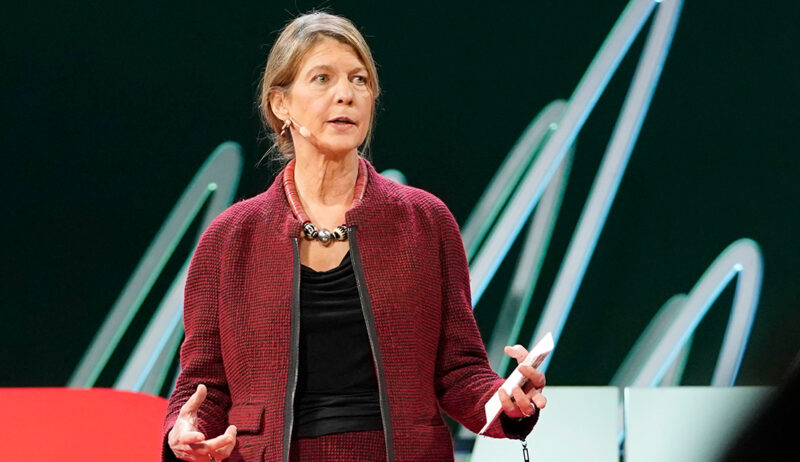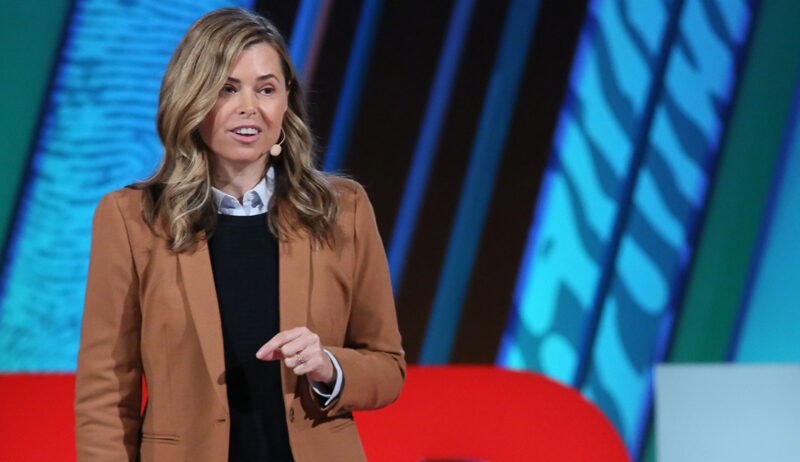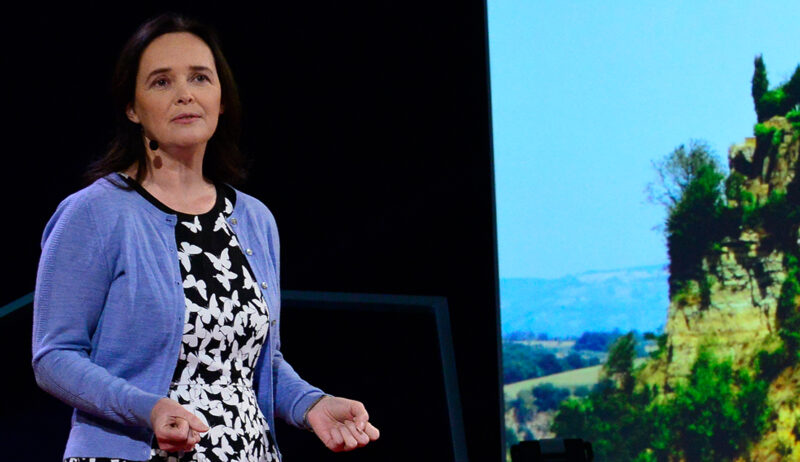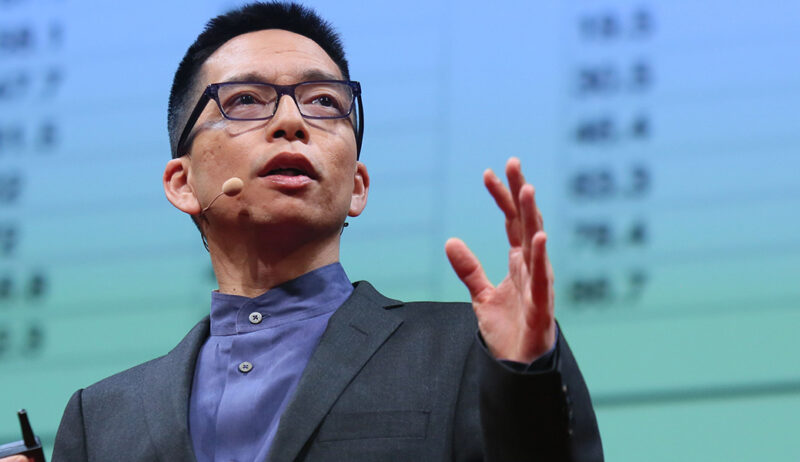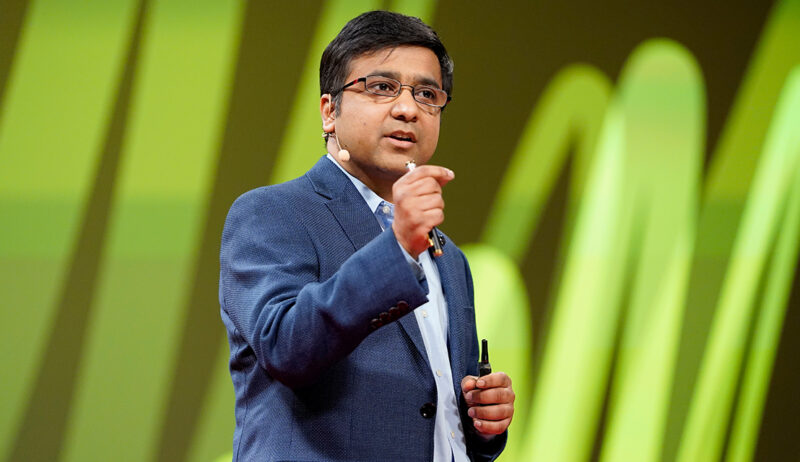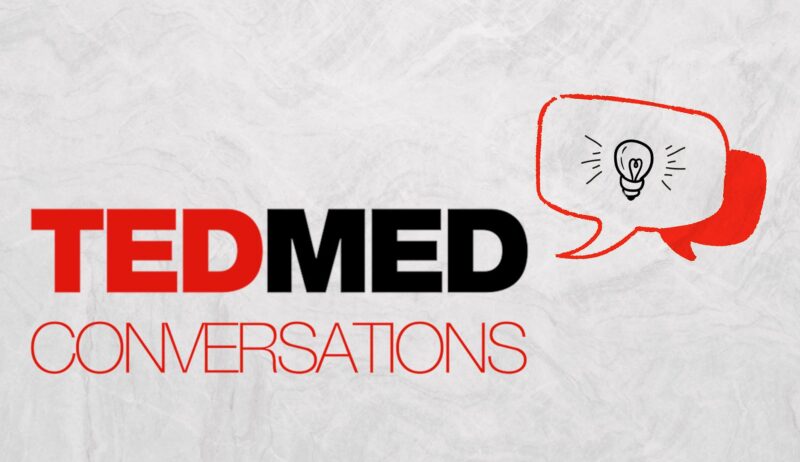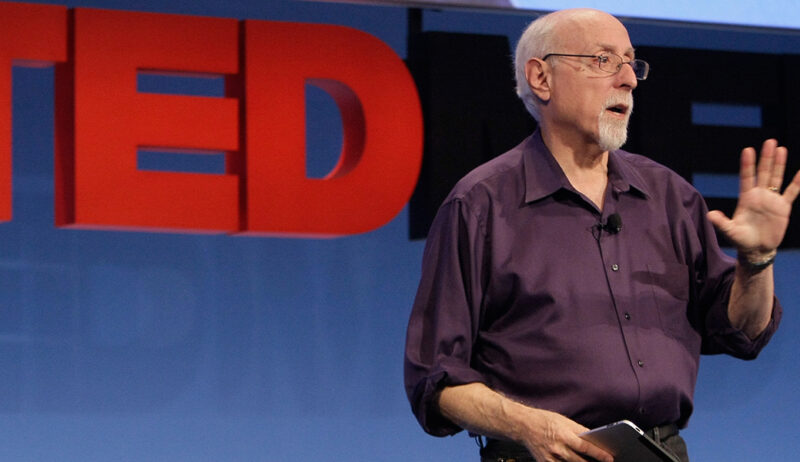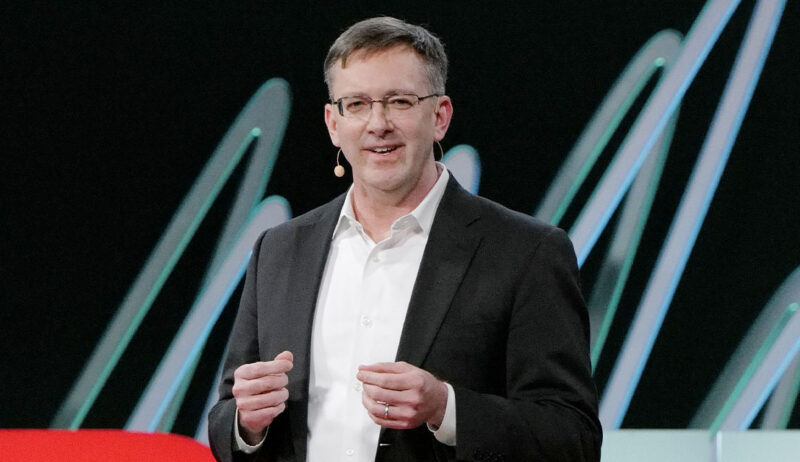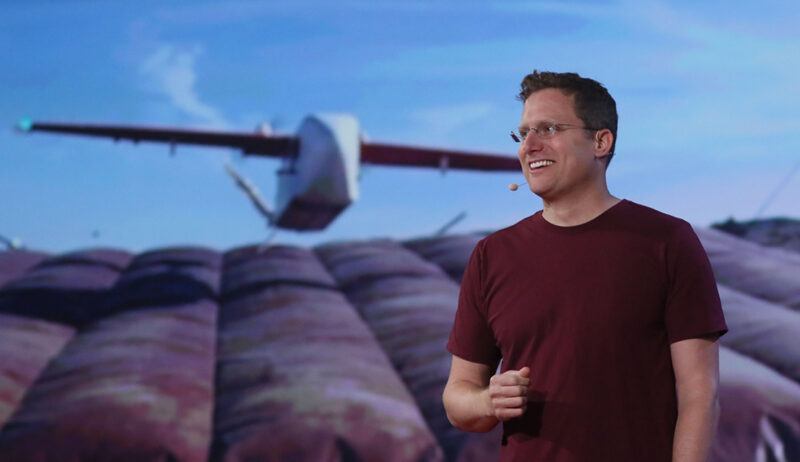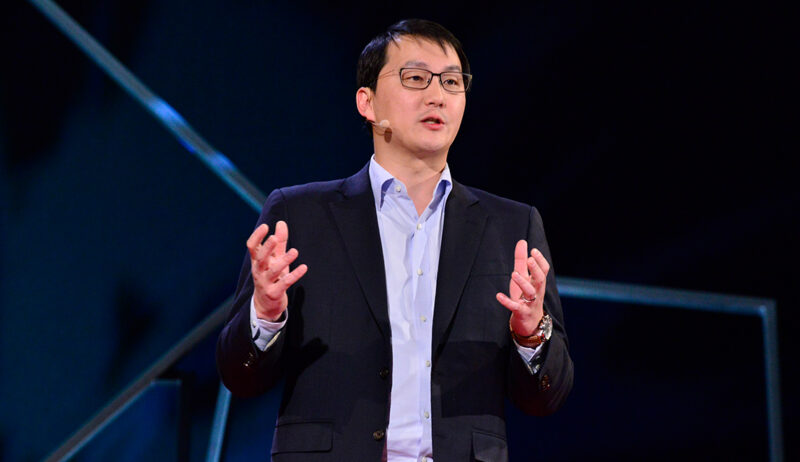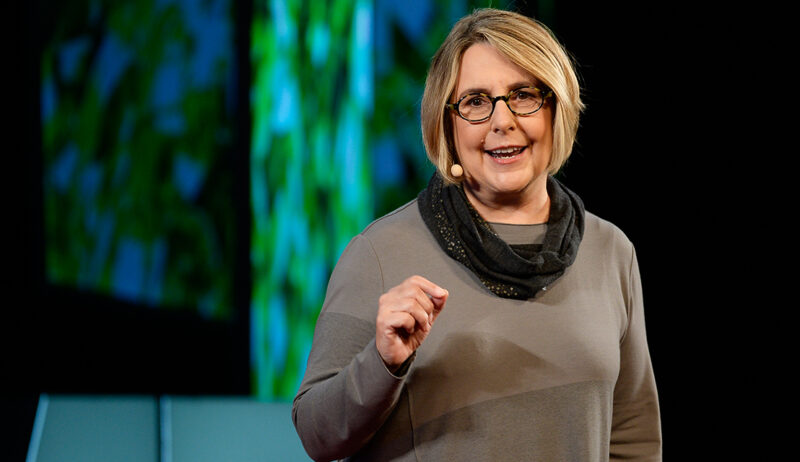About this Conversation
Product design, especially when it relates to the delivery of medicine, is a complicated process. Sometimes the design is a success–widely accepted and seamlessly integrated into people’s lives. Sometimes product design falls short–observations around current trends and reactions to past products may not have been considered. In this TEDMED Conversation, Heidi Larson, MA, PhD, Professor of Anthropology & Risk, and Marc Koska, OBE, Co-Founder of Apiject, discuss why anthropological observations play a critical role in product design and delivery.
Watch related Playlist: ![]() • Novel approaches to therapeutics
• Novel approaches to therapeutics
We discuss:
-Top lessons learned from the pandemic -Paying more attention to anthropological observations -Accounting for human factors in design Related research & resources: -Five Qualitative Research Concepts Grounded in Anthropological Methods for Teaching Design in Healthcare. Healthcare. 2022; 10(2):360. https://www.mdpi.com/2227-9032/10/2/360 -The anthropology of health systems: A history and review, Social Science & Medicine. 2022. https://doi.org/10.1016/j.socscimed.2… -Stuck: How Vaccine Rumors Start – and Why They Don’t Go Away. https://www.amazon.com/Stuck-Vaccine-…
About Heidi Larson
See more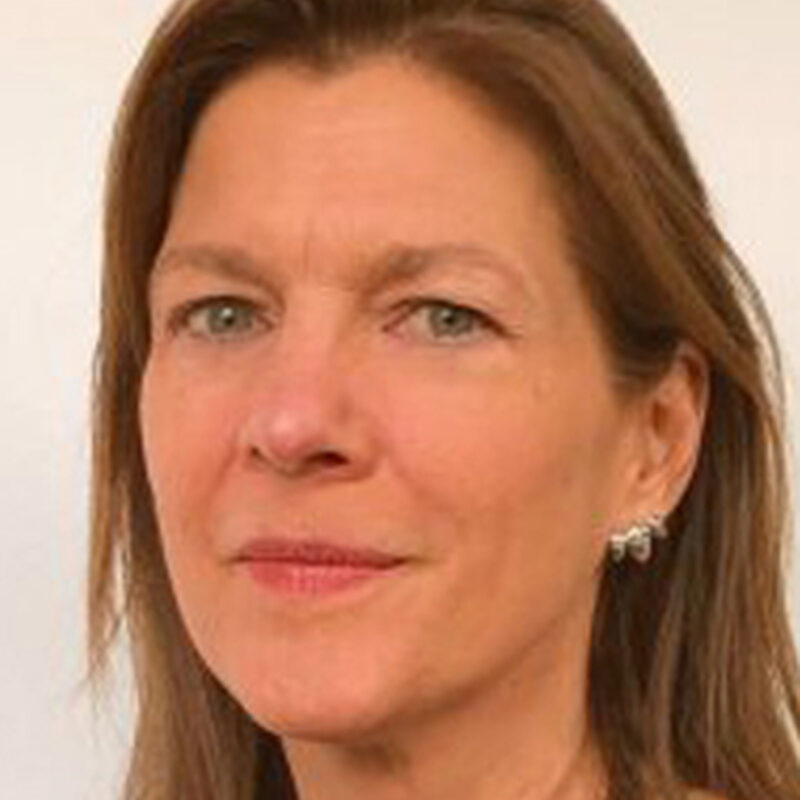
About Heidi
Dr. Heidi Larson is a leading anthropologist and an internationally recognized expert on vaccine confidence and public trust. She is best known as the founder and director of The Vaccine Confidence Project at the London School of Hygiene & Tropical Medicine. This project focuses on understanding and addressing the social and political reasons why people may hesitate to accept vaccines. Her research involves analyzing how rumors, misinformation, and the beliefs of the public impact the success of health programs and policies. Heidi’s work is crucial for managing health crises and ensuring that vaccines and other medical interventions are trusted by the public, from the earliest stages of clinical trials all the way to their delivery. Throughout her career, Heidi has held influential roles at major global health organizations. She previously led Global Immunisation Communication at UNICEF and chaired a task force for GAVI, the Vaccine Alliance. Her expertise has also been sought by the World Health Organization (WHO) and the U.S. Food and Drug Administration (FDA). She currently holds academic positions at the London School of Hygiene & Tropical Medicine and the University of Washington, where she continues her vital work on public health and risk communication.
About Marc Koska
See more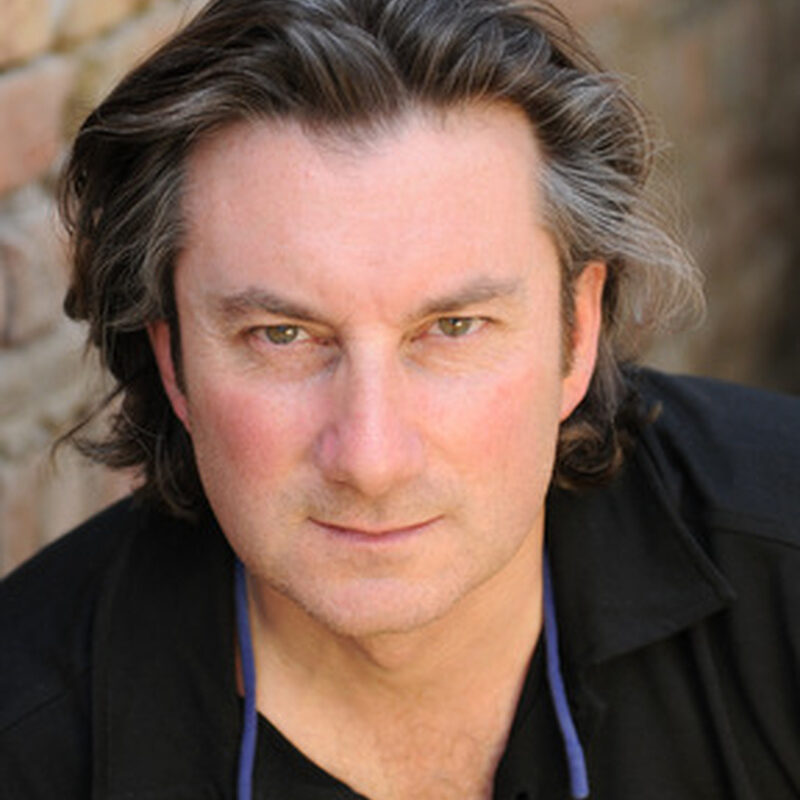
Marc Koska, inventor of a life-saving syringe, shares the struggles, setbacks, breakthroughs and ultimate triumphs of this technology’s 30-year odyssey from ‘great idea” to “globally adopted reality.”
If I had lived in the Middle Ages, I would have wanted to be the guy who killed all the rats in the Black Death.
Marc Koska
About Marc
In 1984, Marc Koska was aimlessly traveling the world when he stumbled upon a newspaper article predicting the spread of HIV through the re-use of medical syringes. For Marc, the article was a game changer, igniting his interest in global public health and catalyzing his invention of the Auto Disable syringe that breaks following use. Three decades later, Marc and his syringe have been credited with saving more than nine million lives, and his invention is licensed by 14 global manufacturers. Marc’s energy is now focused on implementing injection safety practices in every corner of the world with his nonprofit organization, SafePoint Trust. In February 2015, the WHO called for a worldwide adoption of these “smart” syringes. For his tireless work, he has been awarded Officer of the British Empire, among numerous other honors.
Take action
Watch out for the Safepoint Pledge – to ensure enough manufacturers work hard enough on capacity, to enable us to beat the WHO’s 2020 deadline for achieving universal needle safety.
Make sure your doctor, wherever you are, opens a fresh packet, uses a needle and syringe once, and disposes of correctly.
Ask for a LifeSaver syringe every time
